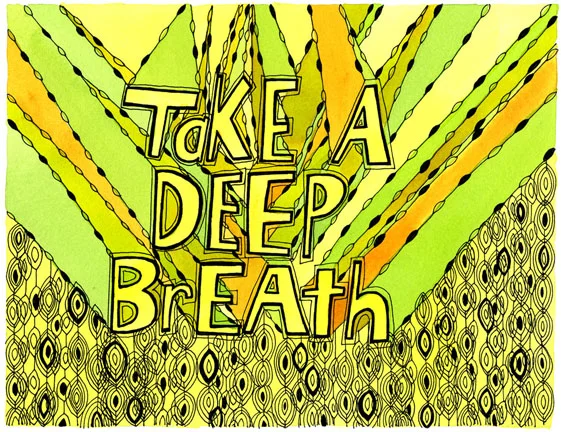Healing Posture in the Real World
/Walking through a natural setting, among trees and rocks, accompanied by wind sounds and bird cries, your body feels and moves differently than it does when you walk through an environment of glass, steel and straight lines, like an airport. Your emotional state, the rhythm of your gait, your sense of yourself — it’s as if your bodymind airportmirrors the terrain — the varying textures and spaces of nature, or the hard, flat surfaces of the man-made world. Your perceptions shape your posture and steer your movements…
Read More













